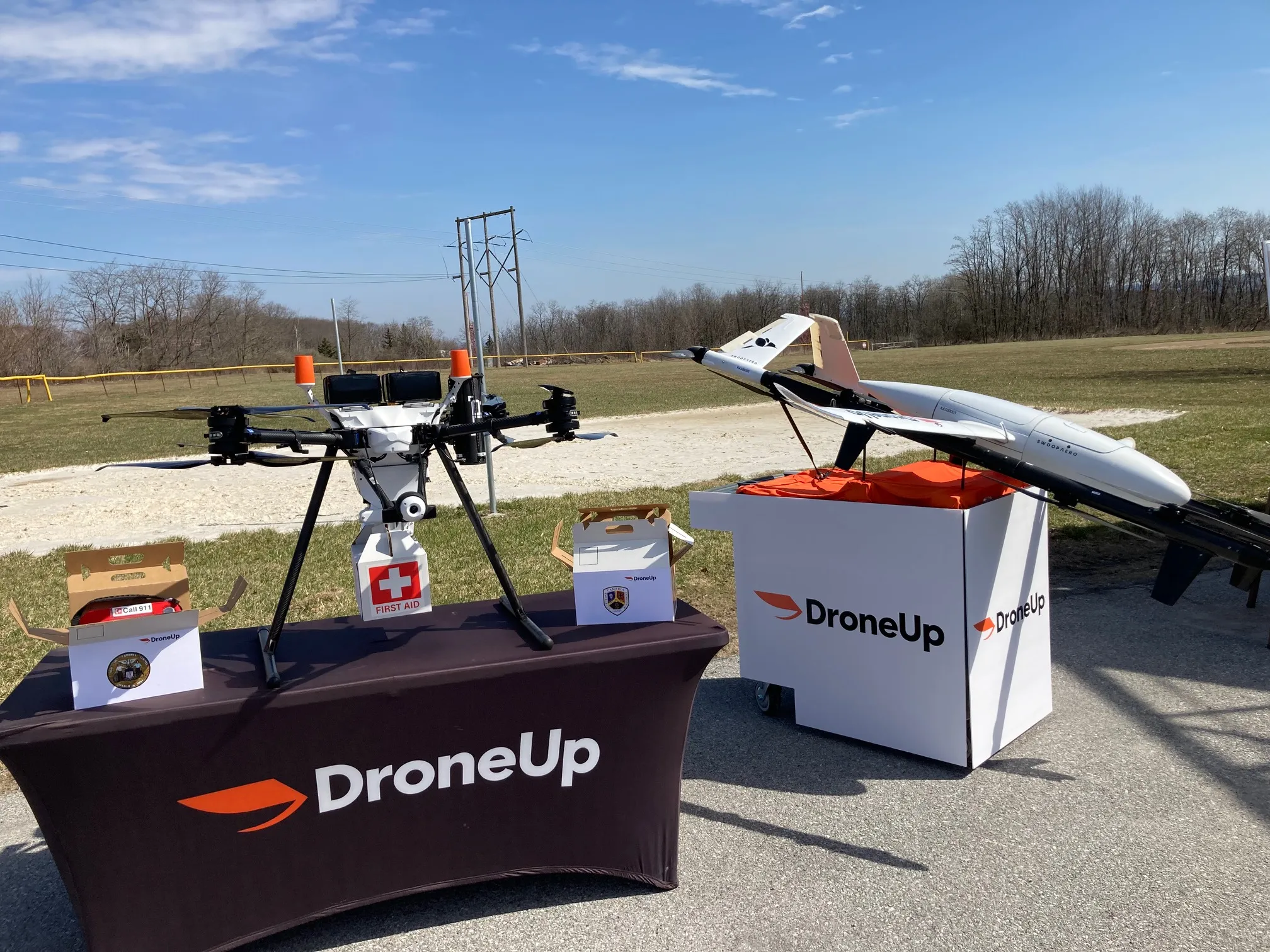Cambria County, Pennsylvania, is preparing to launch one of the nation’s first programs using drones to deliver emergency medical supplies—a system designed to save lives when minutes matter most.
The program, coordinated by the Southern Alleghenies Planning and Development Commission, will begin training local first responders in June, followed by test flights in July and live emergency deployments in August.
Here’s how it will work: when dispatchers receive calls about critical situations—such as cardiac arrest, opioid overdoses, severe allergic reactions, or major bleeding—they will not only send an ambulance but also launch a drone carrying life-saving tools like an automated external defibrillator (AED), Narcan, an EpiPen, or a tourniquet.
By flying directly to a scene, drones can place supplies in the hands of bystanders up to 15–20 minutes before EMTs arrive in rural areas. Dispatchers will remain on the phone to guide caregivers in using the equipment until professional help is on site.
The effort originated with Aerium, a local nonprofit advancing aviation training, which last year secured a $1.92 million U.S. Department of Transportation grant to support the concept. If successful, Cambria County could become a national leader in drone-enabled medical intervention.
“If we’re not first, we’ll be one of the first two in the country,” said John Eberhardt, managing director of ATA Aviation, which is overseeing drone specifications, dispatch protocols, FAA clearances, and installation of a network of 30 safety sensors across the county.
Public demonstrations are scheduled May 13–14 at the University of Pittsburgh at Johnstown and May 28–29 at the Johnstown-Cambria County Airport. Demonstration flights will follow in late May, with full-scale testing July 14–25 in Westmont and Southmont. Actual emergency deployments are slated for Aug. 11–22 in Johnstown.
The drones will be supplied and operated by DroneUp, a Virginia-based delivery firm, which will also provide pilots, mechanics, and packing crews during the trial phase. Local hires are expected if the program expands.
Officials say the greatest benefit will come in rural areas, where ambulance service is often sparse. But initial testing will occur in more populated communities to ensure frequent trial runs—three to five per day compared to just a handful each week in rural zones.
If the program demonstrates improved medical outcomes, leaders will seek a second-stage federal grant of up to $10 million to expand service across Cambria and seven neighboring counties over the next three years.
“From a technical perspective, we’re confident,” Eberhardt said. “But the ultimate question is whether the healthcare system benefits enough to justify the investment.”
Tom Davis, Cambria County’s emergency management coordinator, called the project groundbreaking. “In little Cambria County, we’re going to be the leaders in something that’s never been done before,” he said. “The potential to provide life-saving service is amazing. Our team said, ‘Bring it.’”
If successful, Cambria County’s skies could soon become the model for drone-enabled emergency care across the nation.




